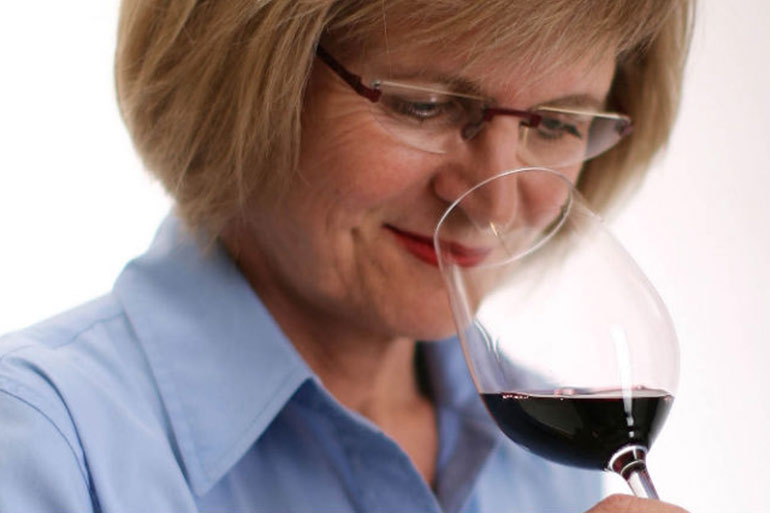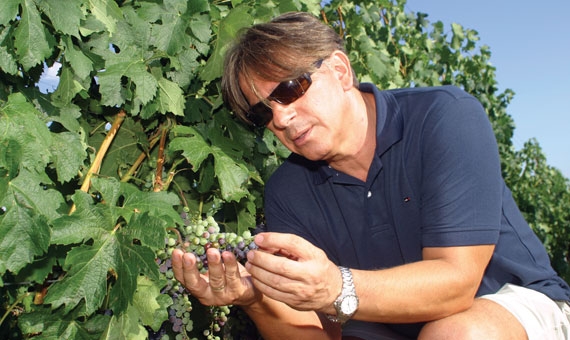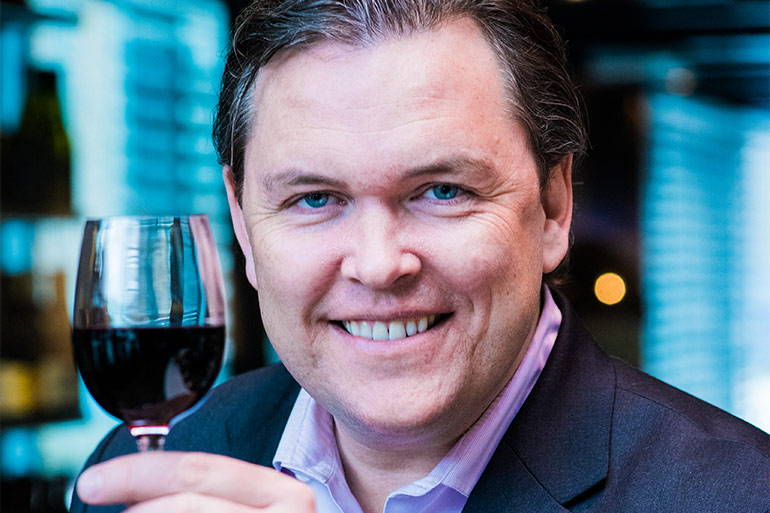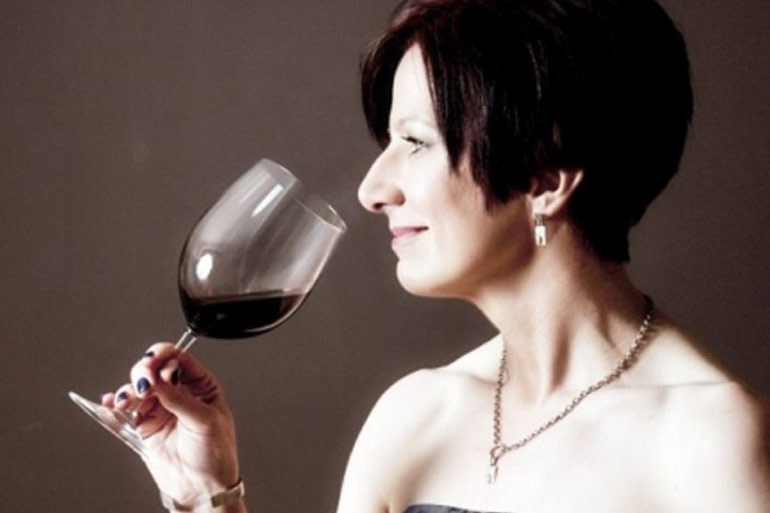My personal highlight: Malatinszky Winery.
At the end of my trip, I visited a winery on Sunday morning before departure, which really messed up my impressions of the Villány region again. A quote on the homepage of the Malatinszky Winery symbolizes what I was able to experience here…
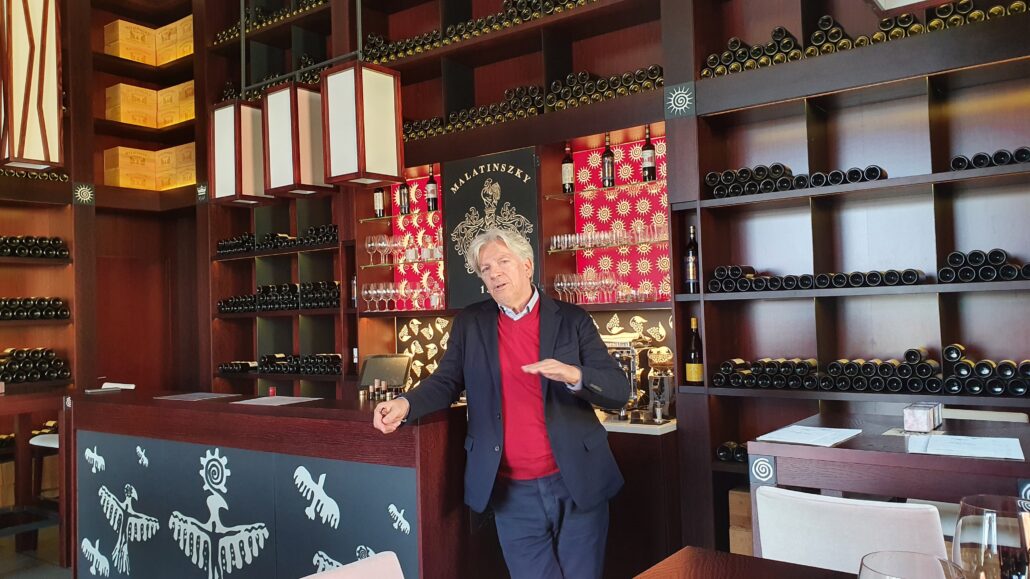
“Without beauty, life is meaningless. As a human I want to express this inner content that belongs only to me. I feel blessed to be able to do this my way.” Malatinszky Csaba
The former sommelier Csaba Malatinszky has been running the Malatinszky Winery since 1997, which is only a few meters away from the Bock Winery, where I was allowed to reside. Csaba was kind enough to receive me on a Sunday morning, not a matter of course I think, since we all deserve some privacy.
Malatinszky switched to organic production as early as 2009 and used a vinification method for the first time in 2015, which is now called Méthode Malatinszky. It is a winemaking process in which fermentation takes place in sealed oak barrels, resulting in a high quality tannin that cannot be achieved with other methods.
The quality of the wines speaks volumes and I’ll admit that I can’t remember the last time I got goosebumps from tasting a wine I’d never heard of before. What the wines of Malatinszky reveal beats everything I was able to taste on my trip to Hungary. They are the quintessence of an excellent terroir and masterful vinification. Expressive, full of character, rich in finesse and with an impressive balance, they belong to the best that the wine world has to offer. Dear traders who are looking for something really exclusive: Take a look at the Malatinszky Winery, you won’t regret it!
2021, Serena, Malatinszky Winery, Hungary, Villány (80% Riesling, 20% Chardonnay from sites at the foot of the hills where the grapes have slightly less sun exposure. 10g sulphur, 12.8%) Intense nose, ripe apple, white flowers, very « nature». Creamy palate, round, slightly yeasty notes blend with the fruit aromas, very fine acid structure, long, aromatic finish. 89 vvpoints
2018, Chardonnay, Malatinszky Winery, Hungary, Villány (100% Chardonnay, fermented in wood, half new wood, partly in used barriques, little in steel tanks). Intense nose, ripe fruit, a hint of oxidation resonates, yet the wine appears fresh, clear and pure, nutty and buttery aromas, a hint of chalky minerality, exciting. Very full-bodied on the palate and yet light as a feather, only 12.5% alcohol, top acid structure, the wine shows life, has energy and a very good length. Very independent, has class! 91 vvpoints
2020, Chardonnay, Malatinszky Winery, Hungary, Villány (100% Chardonnay, fermented in wood, half new wood, partly in used barriques, little in steel tanks). Reductive nose, very Burgundian in appearance, funky, mineral, citrus fruit, also apple. Firm, straightforward on the palate, the wood is well packaged, the acidity is marked, a great deal of traction, elegance and a saltiness on the finish that is reminiscent of Puligny. 92 vvpoints
2013, Cabernet Franc “Noblesse”, Malatinszky Winery, Hungary, Villány (100% Cabernet Franc Single Vinyard, Siklós. 15% alcohol). Mature ruby red. The nose is super clean, deep, complex, herbs, ripe berries, tea, herbs, plums, spices, this is Cheval Blanc in Hungary. Round and soft on the palate, then the wine grabs you, shows massive tannins, an excellent acid structure, elegant and yet powerful, powerful, but with finesse. Long, spicy finish with a mix of dark and red fruit aromas. Big cinema. Now until 2035, 95 vvpoints
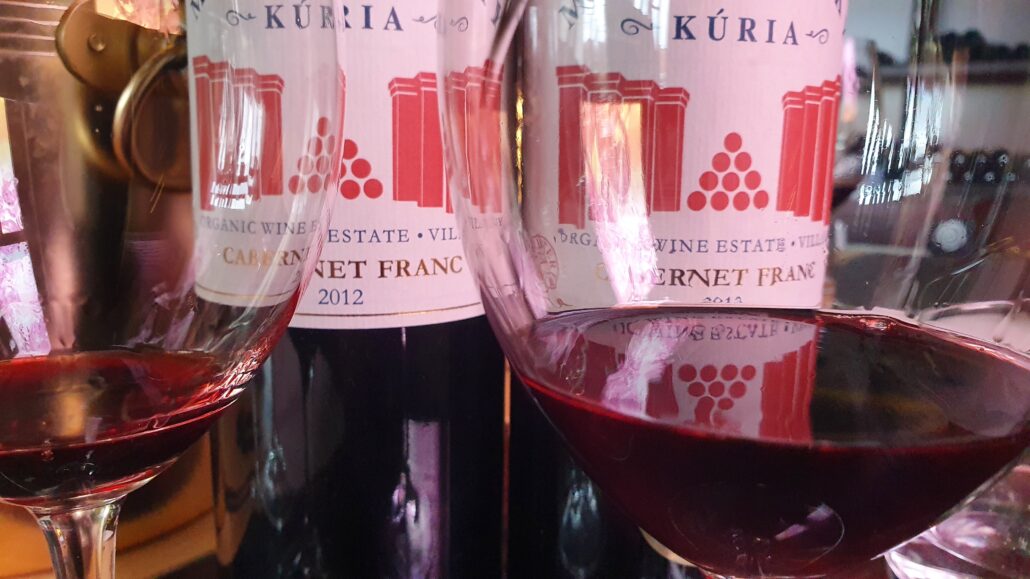
2015, Cabernet Franc “Noblesse”, Malatinszky Winery, Hungary, Villány (100% Cabernet Franc Single Vinyard, Siklós. 15% alcohol). Stronger colour, dark fruity aromas, plums, blackberries, herbs, leather, tobacco, floral tones, a poem. Powerful and concentrated on the palate, two mouthfuls of wine, massive tannins, super-finely interwoven with the fruit, the wood does not dominate in any way, the wine manages the tightrope walk between power and elegance in the best possible way, a dancer with expression and inner peace. Great cinema again. 2025-2040+ 95 vvpoints
2009, Cabernet Franc “Kuria”, Malatinszky Winery, Hungary, Villány (100% Cabernet Franc Single Vineyard, Siklós. 14% alcohol). Matured burgundy. The nose shows cedar, tobacco, cassis, blackberries, violets, Christmas spices, cinnamon, dried herbs, you want to immerse yourself. Round and soft on the palate, matured to the point, sensational tannin quality, everything is in great harmony, fruit, acidity, tannin, alcohol, nothing dominates, that’s just elegance and finesse, harmony at the highest level. Currently a dreamlike pleasure. 96 vvpoints
2012, Cabernet Franc “Kuria”, Malatinszky Winery, Hungary, Villány (100% Cabernet Franc Singly Vinyard, Siklós. 15% alcohol – a hot year where the grapes suffered from drought stress). Strong ruby red. Black fruit nose, smoky notes, some cardboard, damp stone, chalky, deep, herbs. The start is dense, concentrated, two mouthfuls of wine, the tannin is a bit drier here than in the other vintages, but the wine is consistent. As the temperature rises, the alcohol becomes noticeable here. Dark fruity on the finish and very long. 93 vvpoints
2013, Cabernet Franc “Kuria”, Malatinszky Winery, Hungary, Villány (100% Cabernet Franc Singly Vinyard, Siklós. 14.5% alcohol). Mature ruby red. The nose is a little drug, deep, complex, playful, garrigue herbs, cherries, plums, tea, chalky notes, damp stone, also wild strawberries, a poem, goosebumps. Round and soft on the palate, matured to the point, perfect harmony, tannins, acidity, fruit, energetic, wild, calm, a poetry in red, a wine that doesn’t have to hide from the great wines of this world. Now a poem, with certainly 10-15 years “reserves on a pleasure plateau”. 97 vvpoints
